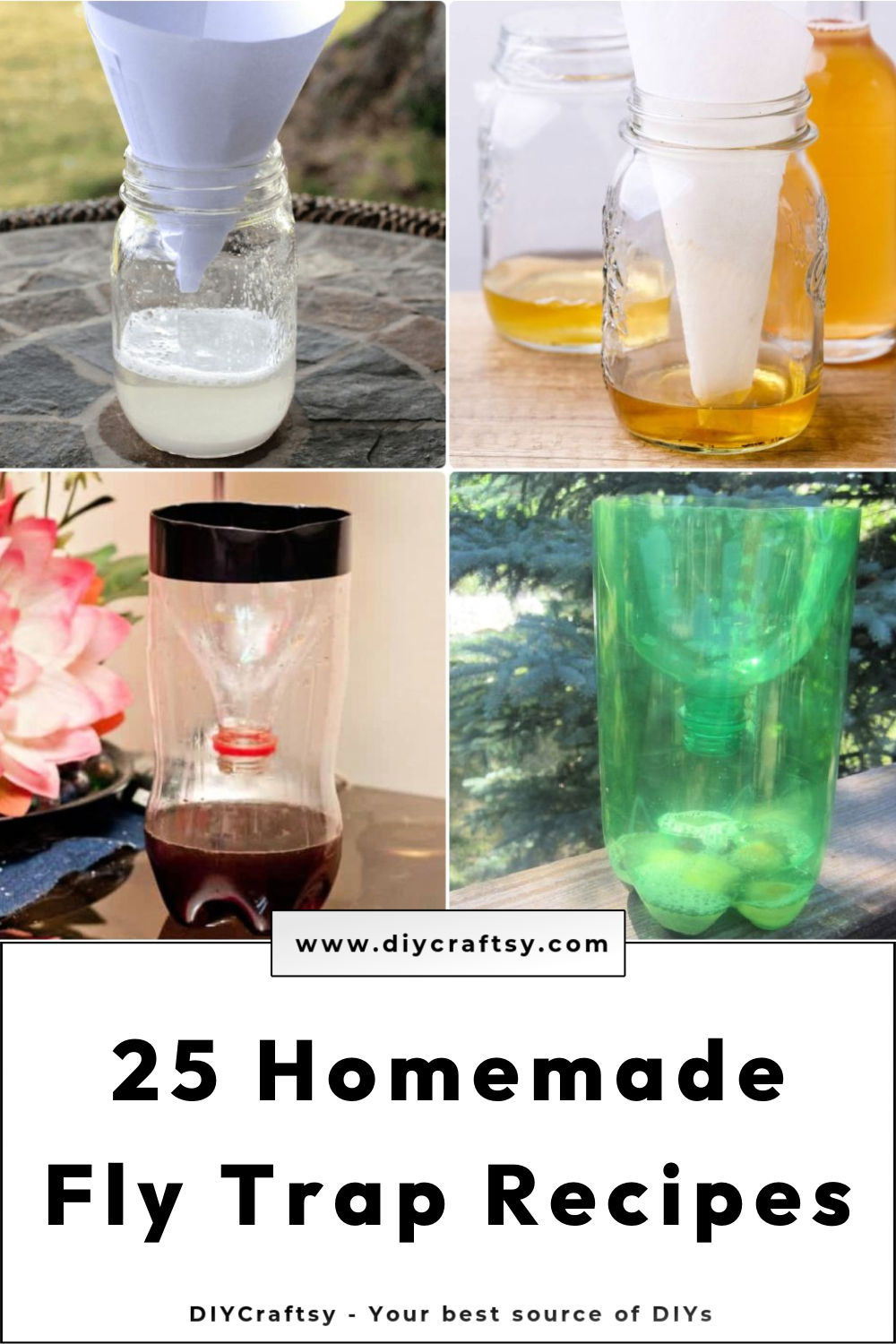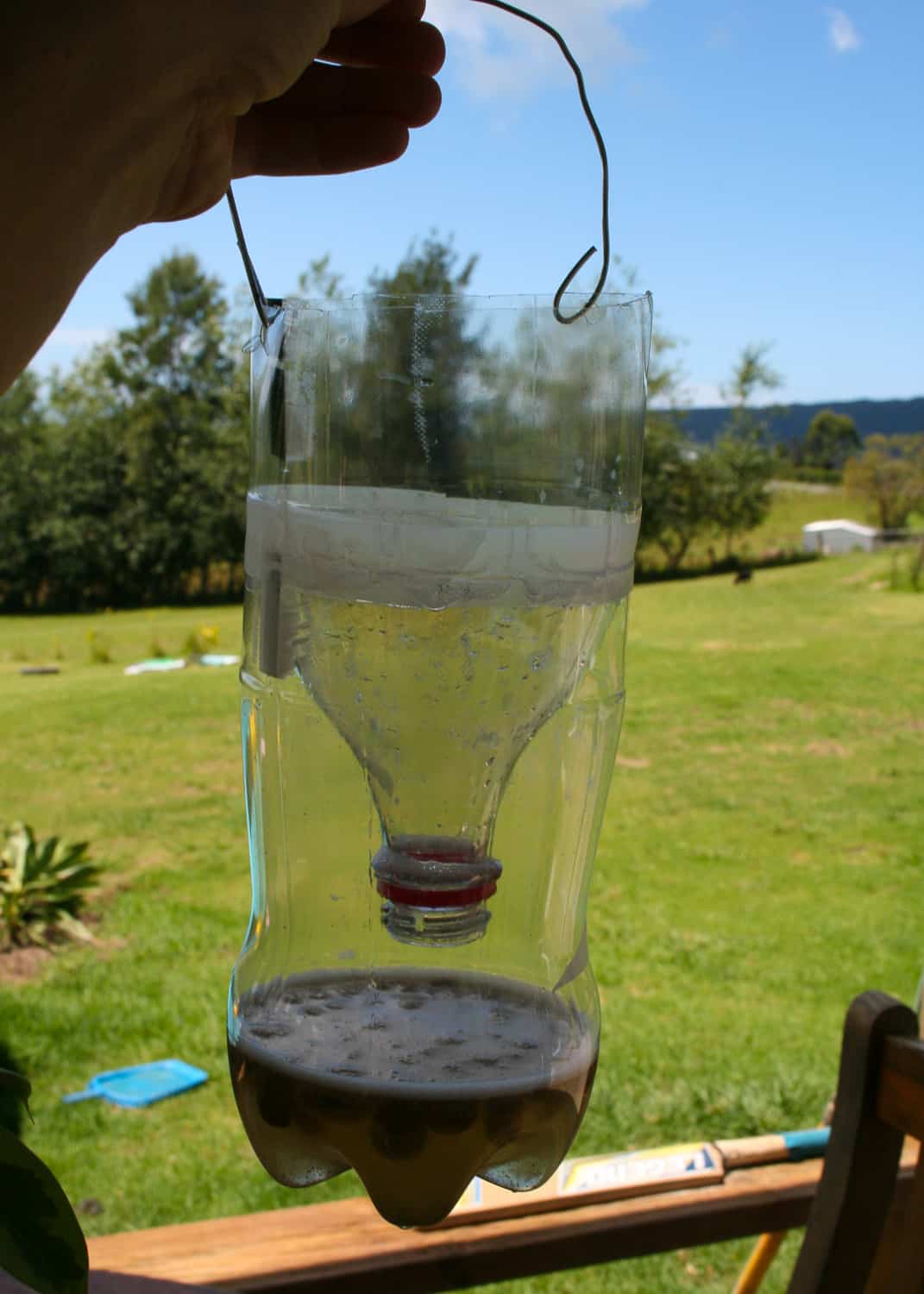Let’s face it, folks—flies are the ultimate party crashers. Whether you’re enjoying a lazy afternoon on your porch or hosting a barbecue with friends, these tiny nuisances can ruin the vibe faster than you can say “buzz off.” But here’s the good news: you don’t need expensive gadgets or toxic chemicals to keep them at bay. A homemade fly trap is your secret weapon, and it’s easier to make than you think!
In this guide, we’ll dive deep into the world of DIY fly traps, exploring why they work, how to make them, and the best ingredients to use. No fancy tools required—just some household items and a little creativity. So, whether you’re a seasoned homesteader or a city slicker looking for a quick fix, this article’s got you covered.
Before we get into the nitty-gritty, let’s talk about why homemade fly traps are such a big deal. Not only are they cost-effective, but they’re also eco-friendly and super easy to make. Plus, who doesn’t love the satisfaction of creating something themselves? Let’s get started and turn those pesky flies into a distant memory!
Read also:Craft Shows Near Me Your Ultimate Guide To Discovering Local Creativity
What Is a Homemade Fly Trap?
A homemade fly trap is essentially a DIY contraption designed to lure, trap, and eliminate flies using natural ingredients. Think of it as the ultimate booby trap for these little buzzers. The beauty of these traps lies in their simplicity—they’re made from everyday items you probably already have at home. From apple cider vinegar to dish soap, the possibilities are endless.
Why Choose a Homemade Fly Trap Over Commercial Options?
Commercial fly traps might seem convenient, but they often come with a hefty price tag and questionable ingredients. Here’s why going the DIY route is a smarter choice:
- Cost-Effective: You can make a fly trap for pennies on the dollar compared to store-bought options.
- Environmentally Friendly: By using natural ingredients, you’re doing your part to reduce chemical pollution.
- Customizable: You can tweak the recipe to suit your specific needs and preferences.
- Quick and Easy: Most homemade fly traps take just a few minutes to set up, making them perfect for last-minute pest control.
So, whether you’re dealing with fruit flies in your kitchen or house flies on your patio, a homemade trap is the way to go. Let’s move on to the good stuff—how to make one!
How to Make a Homemade Fly Trap
Making a homemade fly trap is easier than you think. All you need are a few basic materials and a dash of ingenuity. Let’s break it down step by step.
Materials You’ll Need
Before you start, gather these items:
- A plastic bottle or jar
- Apple cider vinegar or another attractant (we’ll talk about options later)
- Dish soap
- Hot water (optional)
- A knife or scissors (for cutting)
Don’t worry if you don’t have all these materials on hand—there are plenty of variations you can try depending on what you have available. Now, let’s get to the fun part!
Read also:10day Weather Forecast Your Ultimate Guide To Staying Prepared
Step-by-Step Guide to Building Your Trap
Follow these simple steps to create your very own homemade fly trap:
- Cut the Bottle: Using a knife or scissors, cut the top off a plastic bottle about a third of the way down. This will create a funnel that traps the flies once they enter.
- Add the Attractant: Pour about an inch of apple cider vinegar into the bottom of the bottle. If you’re dealing with fruit flies, this is your go-to attractant. For house flies, you might want to try something sweeter, like sugar water or fruit juice.
- Introduce the Soap: Add a few drops of dish soap to the mixture. The soap breaks the surface tension of the liquid, making it impossible for the flies to escape once they land.
- Assemble the Trap: Invert the top part of the bottle and place it inside the bottom section, creating a funnel. Secure it with tape if necessary.
- Set It Up: Place your trap near the area where flies are most active. Within hours, you’ll start noticing a significant reduction in their numbers.
Voilà! You’ve just created a super-effective homemade fly trap. But wait—there’s more. Let’s explore some alternative methods and ingredients to keep those pesky flies at bay.
Alternative Homemade Fly Trap Recipes
While the classic apple cider vinegar and dish soap combo works wonders, there are plenty of other recipes you can try depending on the type of flies you’re dealing with. Here are a few ideas to spice things up:
1. Sugar Water Trap
If you’re battling house flies, sugar water is your best friend. Simply mix equal parts water and sugar in a jar, add a few drops of dish soap, and you’re good to go. The sweet scent will lure the flies in, and the soap will ensure they don’t make it back out.
2. Banana Peel Trap
Fruit flies love bananas, so why not use that to your advantage? Place a banana peel in a bowl, cover it with plastic wrap, and poke a few holes in the top. The flies will be drawn to the scent, but they won’t be able to escape once they crawl inside.
3. Beer Trap
Who says beer is just for humans? House flies are big fans of the brew, so setting up a beer trap is an easy way to get rid of them. Pour a small amount of beer into a bowl, add a few drops of dish soap, and watch the flies take the bait.
Understanding Fly Behavior
To truly master the art of fly trapping, it’s important to understand what makes these insects tick. Flies are attracted to certain scents, colors, and environments, and knowing this can help you create more effective traps.
What Attracts Flies?
Here are some common fly attractants:
- Sweet smells (like fruit, sugar, and syrup)
- Fermented liquids (like vinegar and beer)
- Decomposing organic matter (like food waste and compost)
- Bright colors (flies are especially drawn to yellow and blue)
By incorporating these elements into your traps, you’ll increase your chances of success. But remember, prevention is key. Keep your home clean and free of food scraps to minimize fly activity in the first place.
Tips for Maintaining Your Homemade Fly Trap
Once you’ve set up your trap, it’s important to maintain it properly to ensure maximum effectiveness. Here are a few tips to keep in mind:
- Check Regularly: Empty the trap whenever it gets full to prevent overflow and maintain its efficiency.
- Experiment with Ingredients: Don’t be afraid to try different attractants to see what works best for your situation.
- Move It Around: If you’re not seeing results, try relocating the trap to a different area where flies are more active.
With a little patience and persistence, you’ll have those flies under control in no time. Now, let’s talk about the benefits of using homemade fly traps in your everyday life.
The Benefits of Using Homemade Fly Traps
Beyond their effectiveness, homemade fly traps offer a host of other advantages. Here’s why you should consider making them a part of your pest control routine:
1. Cost Savings
DIY solutions are always cheaper than store-bought alternatives. By using materials you already have at home, you’ll save money while keeping your space fly-free.
2. Environmental Impact
Commercial fly traps often contain harmful chemicals that can harm the environment. By opting for natural ingredients, you’re doing your part to protect Mother Earth.
3. Personal Satisfaction
There’s something incredibly satisfying about solving a problem with your own two hands. Plus, you’ll impress your friends and family with your newfound DIY skills.
Common Mistakes to Avoid
Even the best-laid plans can go awry if you’re not careful. Here are a few common mistakes to avoid when making your homemade fly trap:
- Using Too Little Attractant: Make sure you use enough bait to lure the flies in effectively.
- Not Adding Dish Soap: Without the soap, the flies might be able to escape, rendering your trap useless.
- Placing the Trap Indoors: While indoor traps can be effective, they might attract even more flies into your home. Stick to outdoor placement whenever possible.
By avoiding these pitfalls, you’ll increase your chances of success and keep those pesky flies at bay.
Where to Place Your Homemade Fly Trap
The location of your trap can make all the difference in its effectiveness. Here are a few tips for optimal placement:
- Near Food Sources: Place the trap close to areas where flies are most active, such as garbage cans, compost bins, or fruit bowls.
- In Shaded Areas: Flies prefer cooler, shaded spots, so setting your trap in the shade can improve its effectiveness.
- Away from High-Traffic Areas: While you want the trap to be effective, you don’t want it to become an eyesore. Place it in a discreet location where it won’t bother you or your guests.
With the right placement, your homemade fly trap will work wonders in reducing fly populations around your home.
Conclusion
There you have it, folks—a comprehensive guide to creating and using homemade fly traps. From understanding fly behavior to experimenting with different recipes, the possibilities are endless. By incorporating these traps into your pest control routine, you’ll enjoy a fly-free environment without breaking the bank or harming the planet.
Now it’s your turn to take action! Share this article with your friends and family, leave a comment below with your favorite fly trap recipe, or try making one yourself. Together, we can create a world where flies are no longer welcome. Happy trapping, and remember—knowledge is power!


